Able Partners propose “public-focused” vision for London's BT Tower
- Youtube Views 6,032 VIDEO VIEWS
UK ARCHITECTURE practice Able Partners has put forward its own plans for the conversion of London’s iconic BT Tower, following news that the Grade II listed structure has been sold to MCR Hotels for £275M.
Officially, MCR has appointed Heatherwick Studio to lead the conversion of the 177-metre structure into a landmark hotel.
Able Partners is based in Fitzrovia, close to BT Tower, and hopes its proposals will contribute to and help influence Heatherwick’s early stage designs.
Under Able’s proposal, the tower would be cleared of its now-redundant telecoms infrastructure, wrapped in a dramatic new spiralling public park and topped with a 360-degree viewing platform that could become “a new must-see sight” in London.
The park would offer a number of “Instagrammable moments” across its height.
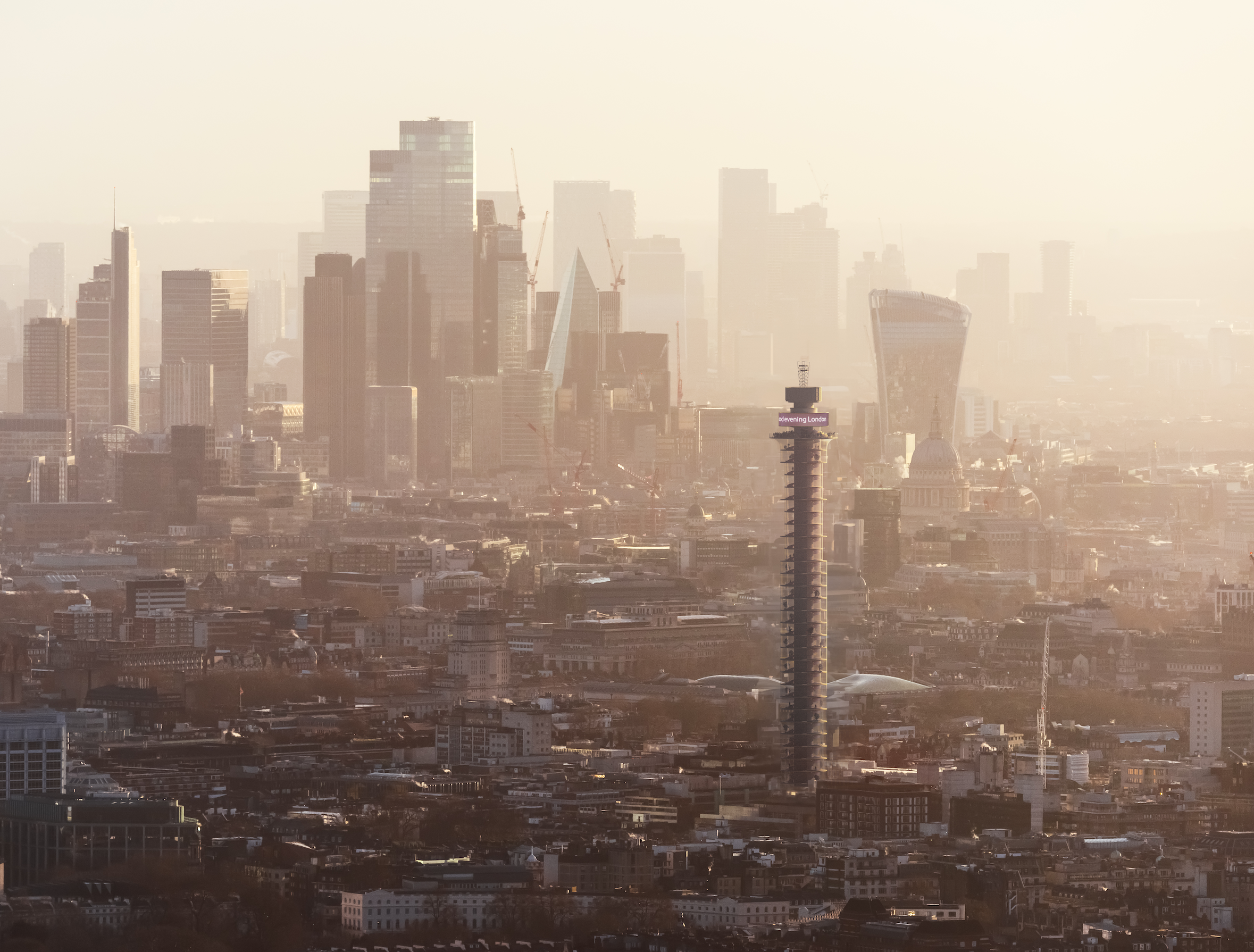
Above and Below: Able Partners proposal for BT Tower. Images by Able Partners and Somewhere.
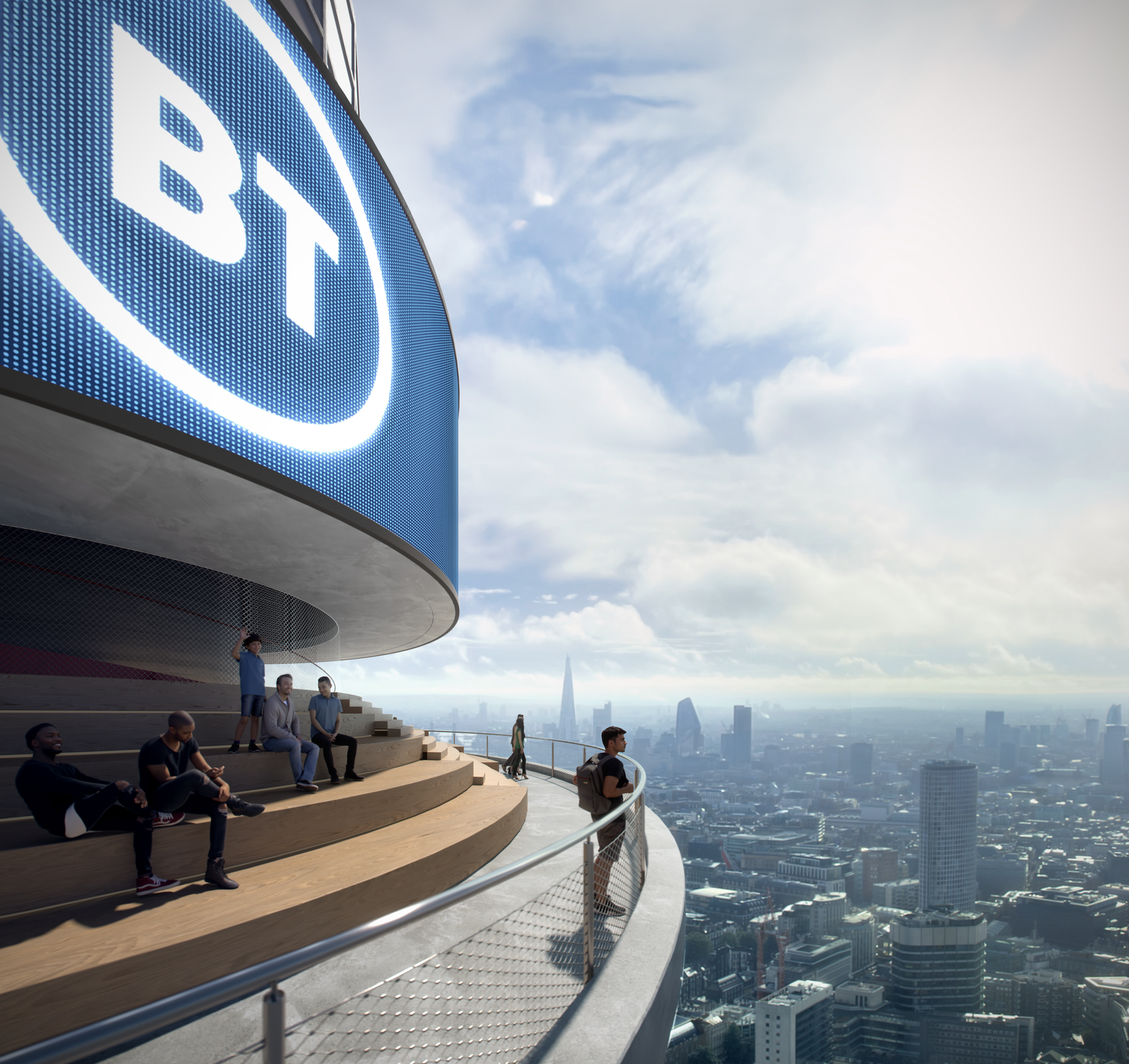
The new viewing platform would feature raked seating, enabling visitors to rest and take in the view or watch small arts performances with the London skyline as a backdrop.
Able imagines an immersive augmented reality (AR) experience behind the retained but upgraded circular digital display screen at the tower’s summit, giving people the chance to see visuals displayed against the live city.
The four-storey podium and terrace at the base of the tower would be converted into offices, co-working space and a hotel.
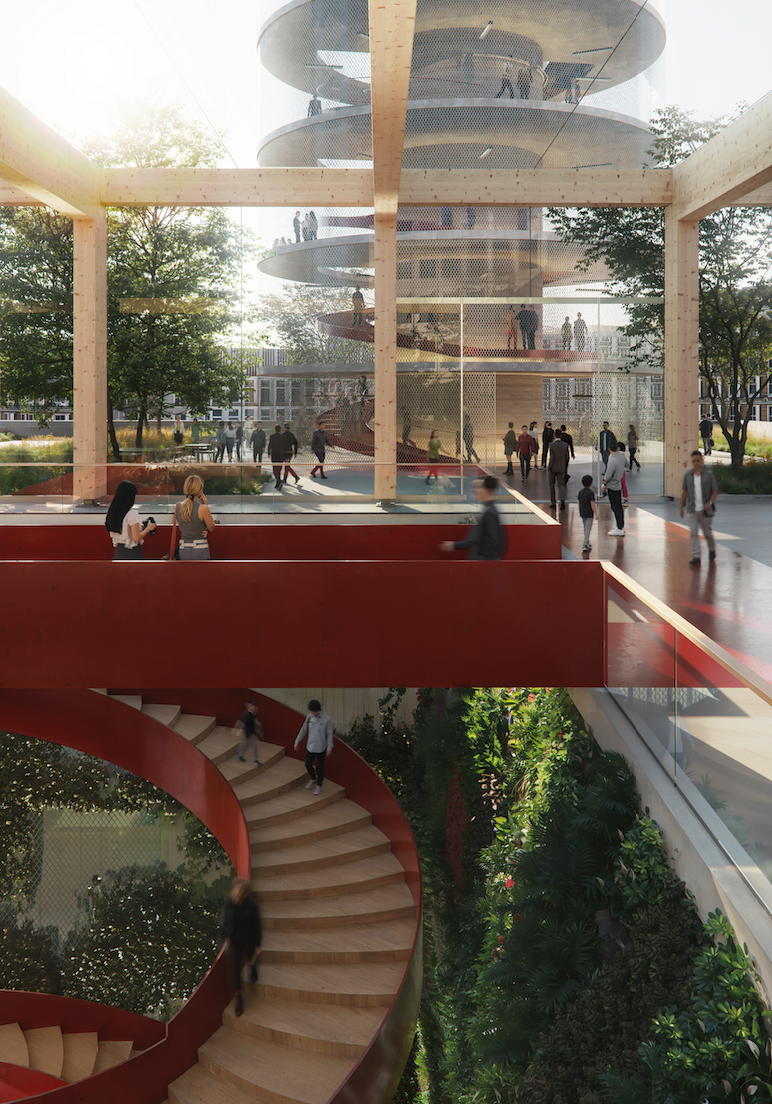
Above: Able's concept for how the podium would connect to the new spiralling park around the tower's core. Image by Able Partners and Somewhere.
Able Partners first started to imagine alternative functions for BT Tower last year and has been working with engineers WSP and creative agency Somewhere to bring its concepts to life.
The firm is pleased to see the structure now getting the chance of a new lease of life thanks to the deal with MCR Hotels, and hopes to contribute to the plans.
“The difference between what we came up with and what is now in the works with MCR Hotels and Heatherwick Studio shows the wide scope of opportunities that lie in these buildings” said Bill Webb, co-founder and director at Able Partners, who spoke exclusively to The B1M.
“We leaned into using the tower’s unique structure and height, stripping away the telecoms functions and placing these elements into new casing, and reusing as much existing material as possible. By replacing them with demountable, modular structures, as well as circular water strategies and PVs, our goal was to ensure the circularity of the building well into the future.”
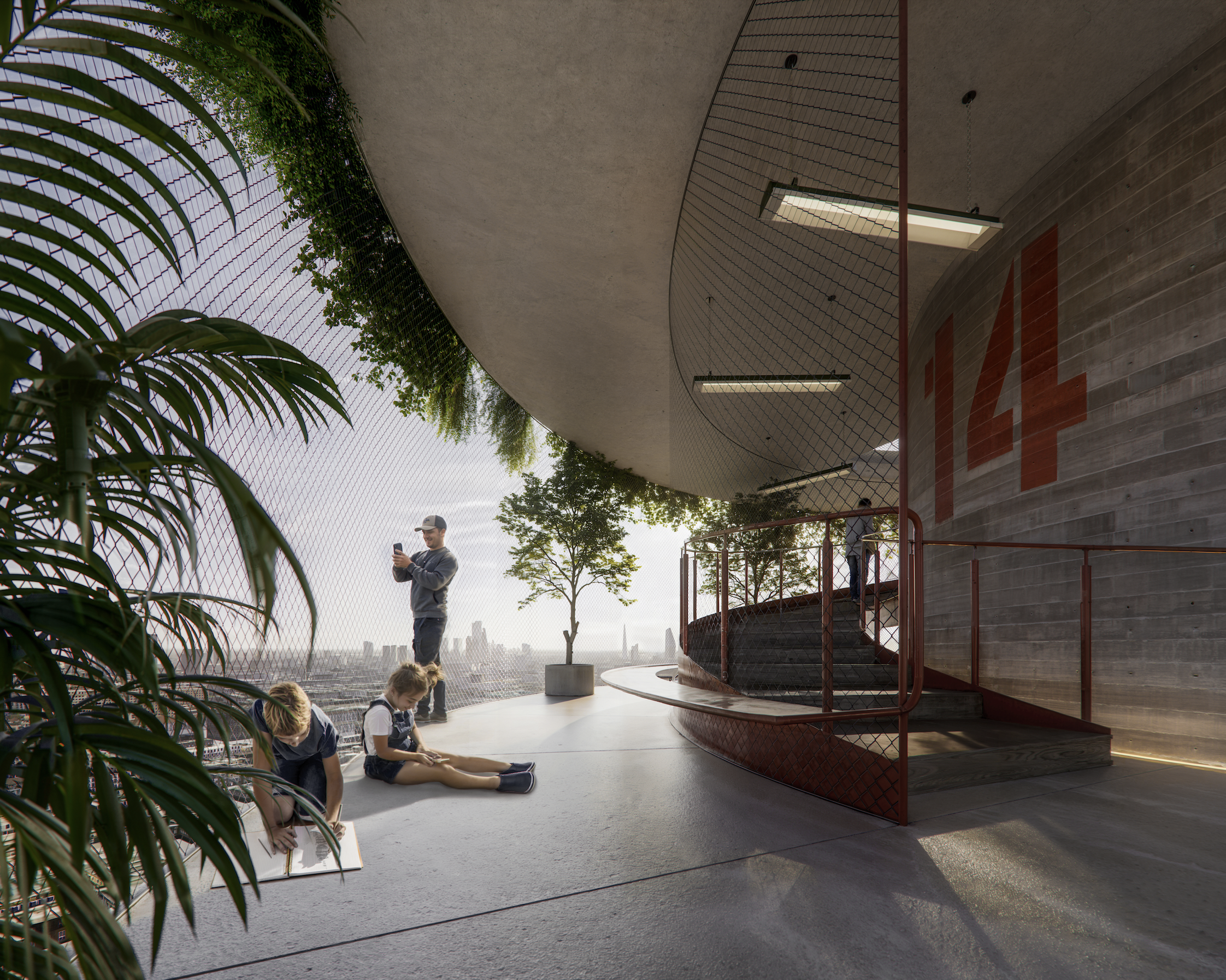
Above: The tower would be wrapped in a new public park, complete with "Instagrammable" moments. Image by Able Partners and Somewhere.
The spiralling ramp running up through the new vertical park seeks to address the challenge of mass accessibility – BT Tower currently only has two high speed elevators in its central core.
Under Able’s plans, the park could be accessed by anyone and would enable large numbers of Londoners to experience an iconic structure that has long been off-limits.
The move appears not dissimilar to the concept behind New York’s popular High Line Park: taking disused, linear infrastructure and creating new public space, in this case vertically.
In an effort to create a more sustainable built environment, Able’s concept is designed to be completely “reversible”, enabling the tower to be repurposed again in the future while remaining in place as a revered landmark.
“It’s all about unlocking what works into the future for an owner or occupier while capturing the public’s imagination” said Webb. “For the UK’s most loved and recognisable buildings it’s about maintaining that heritage and holding a place in people’s hearts.”
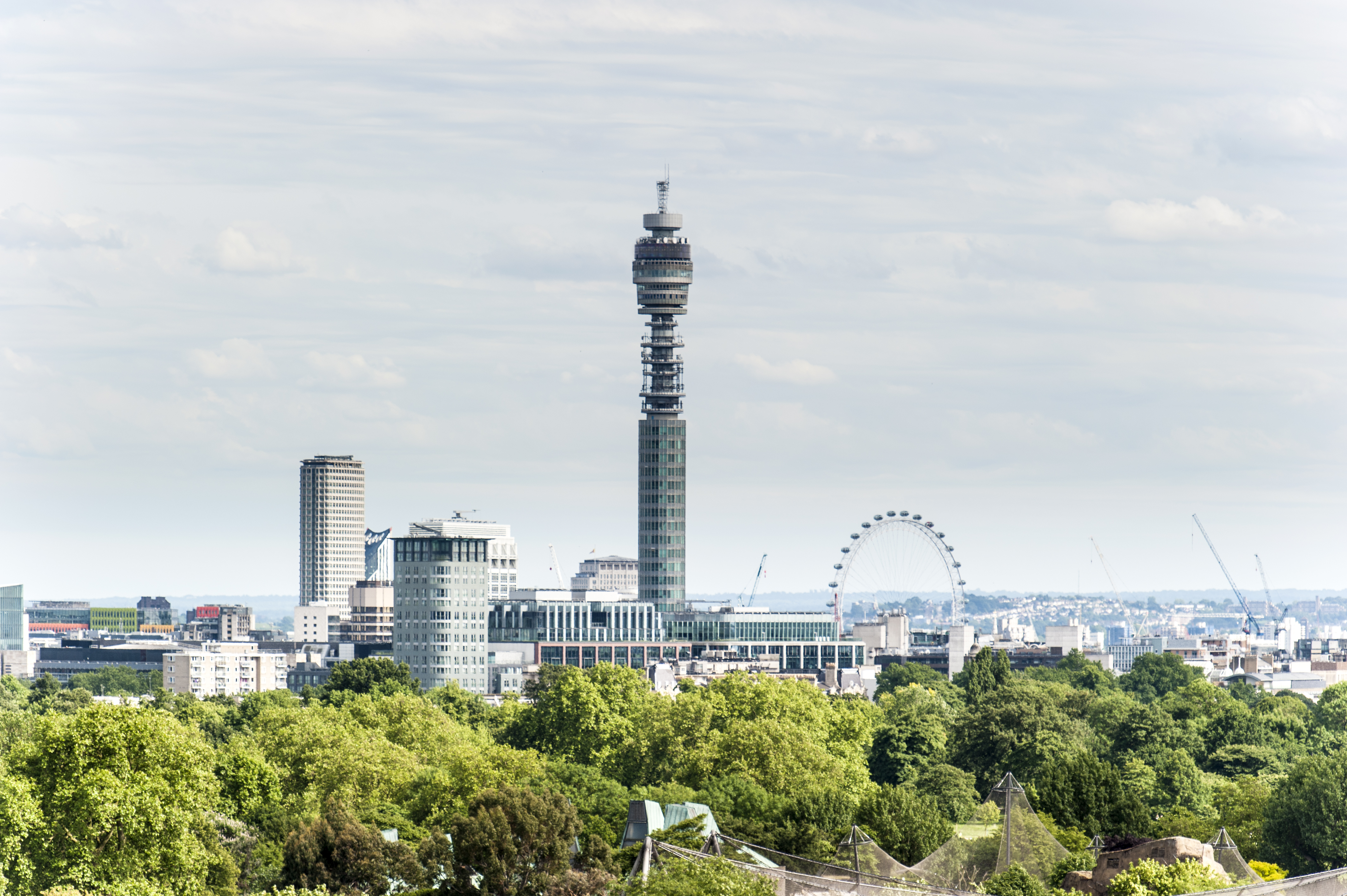
Above: BT Tower is a London landmark. Image by Getty.
First constructed in the early 1960s, the BT Tower – then known as the Post Office Tower – was the tallest building in London until it was overtaken by the Natwest Tower (now Tower 42) in 1980.
The structure received Grade II listed building status in 2003, acknowledging that it was of “special interest”.
The BT Group has stated that it no longer has an operational use for the structure.
“The wealth of opportunity to reimagine the space, make better use of it and give it a new lease of life are thrilling prospects” added Webb. “The possibilities are endless, the benefits are clear and we hope our concepts are just a taste of what’s to come.”








